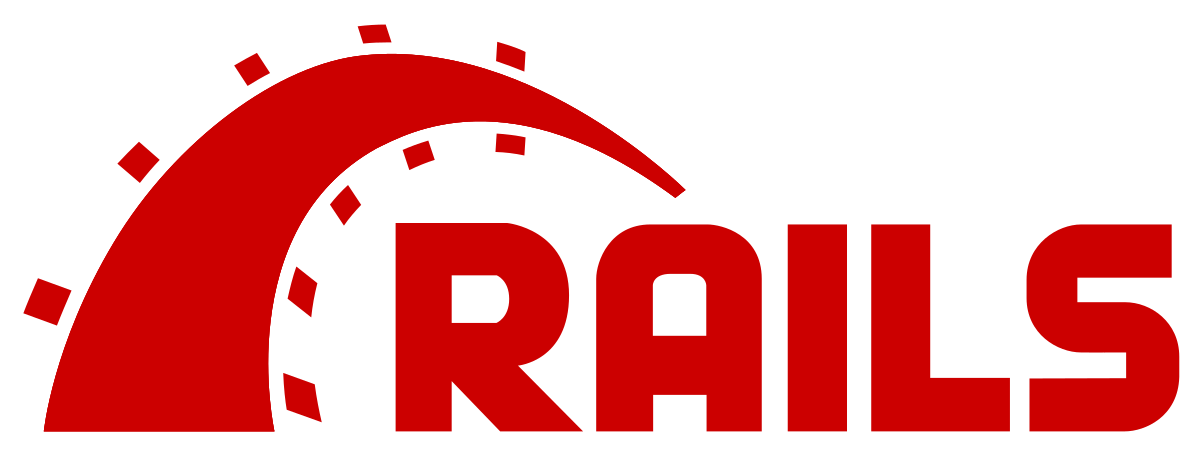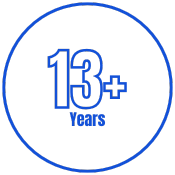MODERN. PROFESSIONAL. RELIABLE.
Creating Better
IT Solutions
DevsSpace is an IT company with certified experts to guide you on your way to web development and IT solutions. We offer multiple digital solution techniques and business consultations at affordable prices.

+13
Years Experience
350+ Reviews
Our Clients

Our model
How we do
Save time and money with our powerful method.
Requirements
Gathering
Brainstorming
Ideas
Locking Scope of
Work
Creating WBS and
Roadmap
Regular Real Time
Updates through Jira
Testing
Deployments
Support
Training Period
WHAT WE’RE OFFERING
Dealing in all professional IT services.
One fundamental aspect of IT services is infrastructure management. This involves the design, implementation, and maintenance of the hardware, software, networks, and servers.
Custom Application Development
We craft modern, responsive websites designed to captivate and perform.
E-commerce Development
Creating user-friendly online stores to deliver an exceptional shopping experience.
CRM Solutions
Streamlining your business processes by connecting powerful CRM solutions seamlessly.
Digital Marketing
We help grow your brand with strategic, result-driven marketing campaigns.
Mobile Application Development
Designing innovative and intuitive mobile apps for enhanced user engagement.

Project Management & Consultation
Guiding your projects to success with expert advice and management.
Our Technologies
Transforming product ideas to digital reality

HTML

CSS

JS

ReactJS

NextJS

VueJS

Angular

Redux

PHP

Laravel

Codeigniter

NodeJS

ExpressJS

Ruby on Rails

MySQL

SQLite

PostgreSQL

MongoDB

WordPress

Shopify

Wix

Webflow

Hubspot

Zoho

Salesforce

Mautic
CONSULTING EXCELLENCE
Best pathway to our clients.
Our consulting process begins with a thorough assessment of your current IT infrastructure, workflows, and pain points.
- 24/7 Full Service Support
- Immediate Response
- Easy to Approach us
 01
01 Discovery and Analysis
Perform a analysis of the client's existing IT systems.
 02
02 Tailored Solutions
Develop IT solutions based on the analysis phase.
 03
03 Deployment and Support
Regularly communicate with our client to any concern.
PROJECTS
Showcase of our recognized work
Our collaborative approach ensures that we truly understand our clients unique requirements and challenges.
- Managed Services and Products
- Flexibility and Adaptability
- Competitive Advantage
INTERESTING ARTICLES
Read daily news about startup companies
In today's rapidly evolving world, technology is constantly shaping the way we live and interact. From artificial intelligence and automation to virtual reality, the pace of technological advancements is staggering.

Databases
5 Ways Zoho CRM Improves Client Management in Real Estate
In the real estate business, effective client management is critical to success. Every interaction matters, from the first inquiry to post-sale follow-ups.
- CRM
- CRM Solution
- Zoho
- Zoho Experts

Databases
Why Zoho CRM is a Game Changer for Real Estate Agents
In today’s competitive real estate market, staying organized, maintaining relationships, and responding to clients swiftly can make or break a deal.
- CRM
- CRM Solution
- Zoho
- Zoho Experts

Databases
Introduction to Zoho CRM for Real Estate: Transform Your Business with Data-Driven Efficiency
In today’s competitive real estate market, staying organized, maintaining relationships, and responding to clients swiftly can make or break a deal.
- CRM
- CRM Solution
- Zoho
- Zoho Experts






























